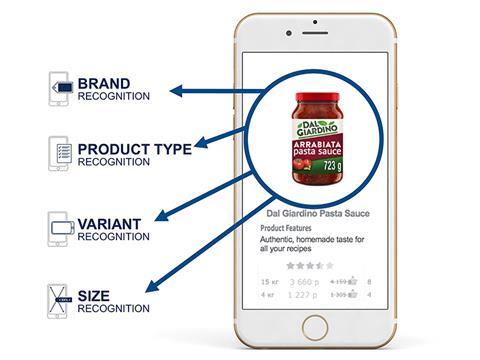
Uma Kannappan, Global Product Director, e-Content, at SGK, discusses how optimised digital shelf content can drive a better consumer experience.
Product content for consumer packaged goods (CPG) is more important than ever for e-commerce sales. In fact, according to Salsify, 1/3 of consumers are unsatisfied with the amount of product or visual content provided online. Product content plays an important role in conveying a compelling brand story, listing important information, and accurately representing the appearance and usage of products—so it’s key to get this right.
We know both brand consistency and consumer experience are important, whether the product is being presented at physical or digital shelf. Brands that don’t optimise for both may suffer from abandoned carts or reduced trust. While both shelves must align in terms of branding and design consistency, the digital shelf requires specific content to facilitate the online shopping experience and reduce friction points.
Online grocery is the top catalyst for e-commerce growth for many retailers, including Walmart and Amazon. This is reflected in the investments that retailers are making in supporting e-commerce initiatives in grocery categories, including mandates to ensure suppliers are providing complete, accurate and relevant content that is kept updated over time.
Here are five e-commerce best practices that brands can take action on today to improve the findability and conversion for their products on a retailer’s site:
1. Product title. The product title is often the most critical for search ranking on a retailer’s site and is one of the first things shoppers will see displayed as part of the search listings. The tailored information in the product title can help convince consumers to click-through to learn more.
Be sure to include keywords in the product title that a shopper would use to search for your product, and that are relevant to your product category. Consumer focused keywords should also be used throughout feature bullets and product descriptions to have the best organic site search relevance.
2. Short-form video. Consider a short video (1.5 minutes or less; 30 seconds or shorter is ideal) centred around the product—highlighting usage occasions, core benefits, lifestyle settings etc. Videos in an e-commerce setting mimic the experience of interacting with the product in a physical store. It is important to grab the shopper’s attention in the first three seconds of the video, with the first frame providing a compelling introduction to the featured product and brand.
As much as possible, the visuals used in videos should be able to convey key messaging, without relying on the accompanying music and voiceovers to accomplish this. Videos created for e-commerce platforms can also extend brand equity, storytelling or marketing campaigns when re-used across other marketing applications, such as social media and online advertising.
3. Images. Aim to include 5-9 high-resolution, high quality images on product detail pages. These images should include the key information important to consumers, and should be legible on mobile screens. High-quality images help a brand stand out from the competition and attract customers.
Images must be able to stand alone to communicate relevant details about products, even if consumers don’t read the accompanying product description. With the rise of what industry analysts are calling visually-driven commerce, high-quality images are no longer just a nice addition—they’re a pre-requisite for success.
4. Ratings & reviews. Reviews create traffic, conversion and sales uplift. The number of reviews, especially positive ones, and high ratings can influence retailer search rankings and consequently the discoverability of products. Positive reviews bolster consumer confidence, reinforce that the product will meet or exceed the shopper's needs, and help to ensure a positive purchasing experience.
Consumers read at least three reviews before deciding to buy and they rely on reviews as a trusted source of independent, third-party information about the product. Actively encourage happy customers to rate products and aim to respond to both positive and negative feedback as soon as possible.
5. Mobile images. Increasingly, shoppers are using their mobile phones for online shopping, especially for replenishment products. The key information that mobile shoppers are looking for in order to purchase are brand, product, size and variant (e.g. flavor or colour) cues. Consumers frequently add the wrong item to their cart when images aren’t optimised for mobile display, since many products designed for physical shelf all look similar at the scale of a mobile screen.
Mobile shoppers often rely on mobile images alone to make their purchase decisions, without reading the accompanying copy. It’s important, therefore, for mobile images to be able to stand on their own and be clearly legible on mobile screens.
Mobile shoppers need to recognise four key things in order to choose the right product:
- BRAND RECOGNITION
- PRODUCT TYPE RECOGNITION
- VARIANT RECOGNITION
- SIZE RECOGNITION

Find out more about GS1 Mobile Ready Hero Image Guidelines.











